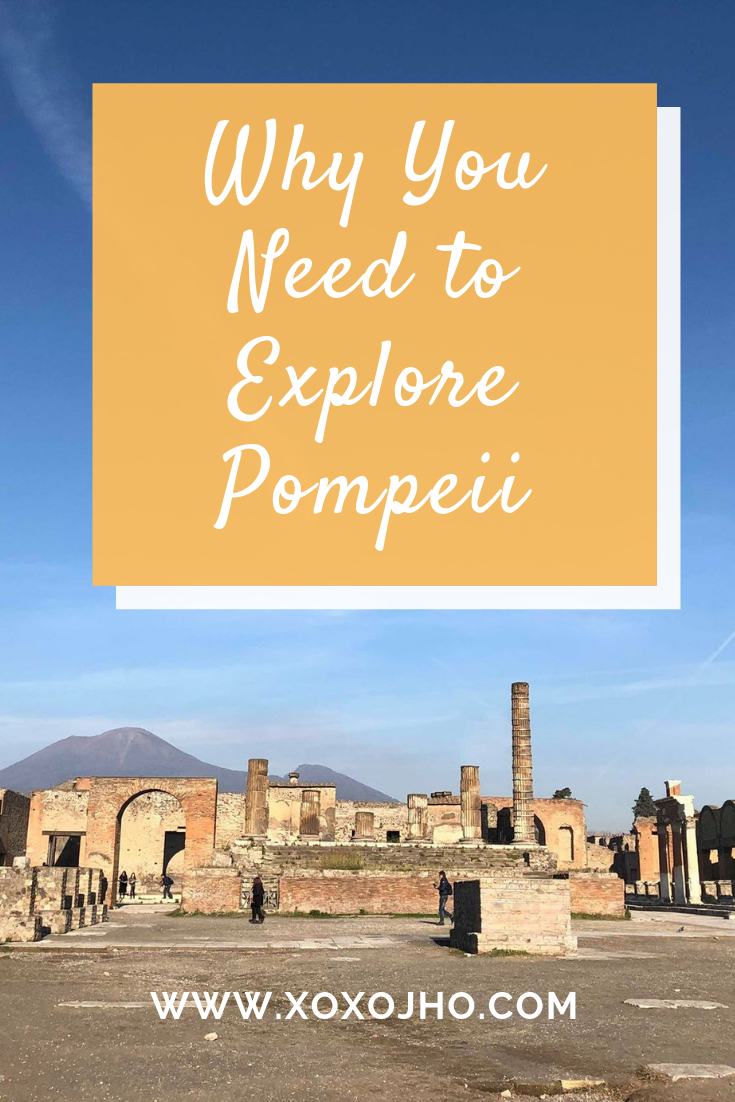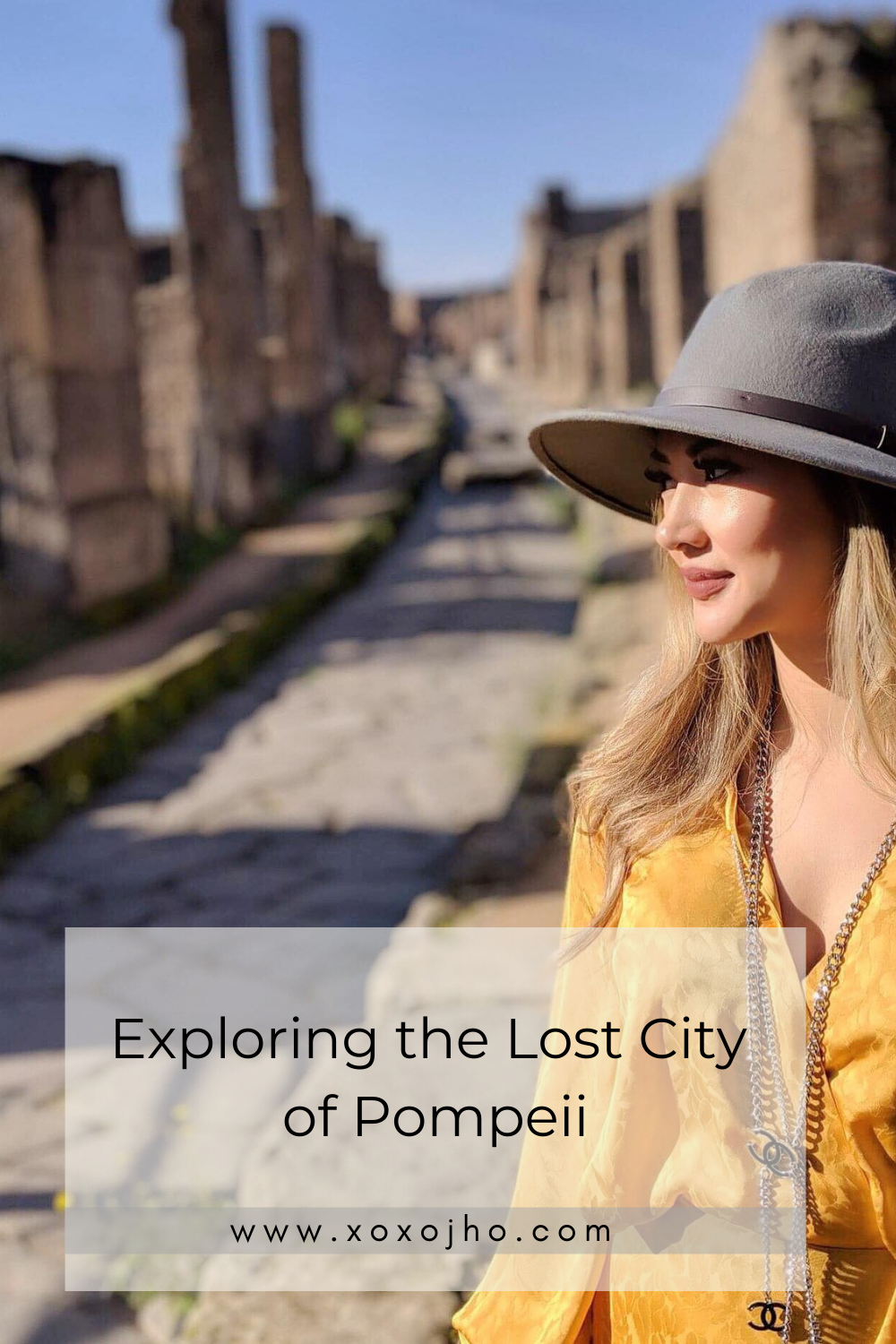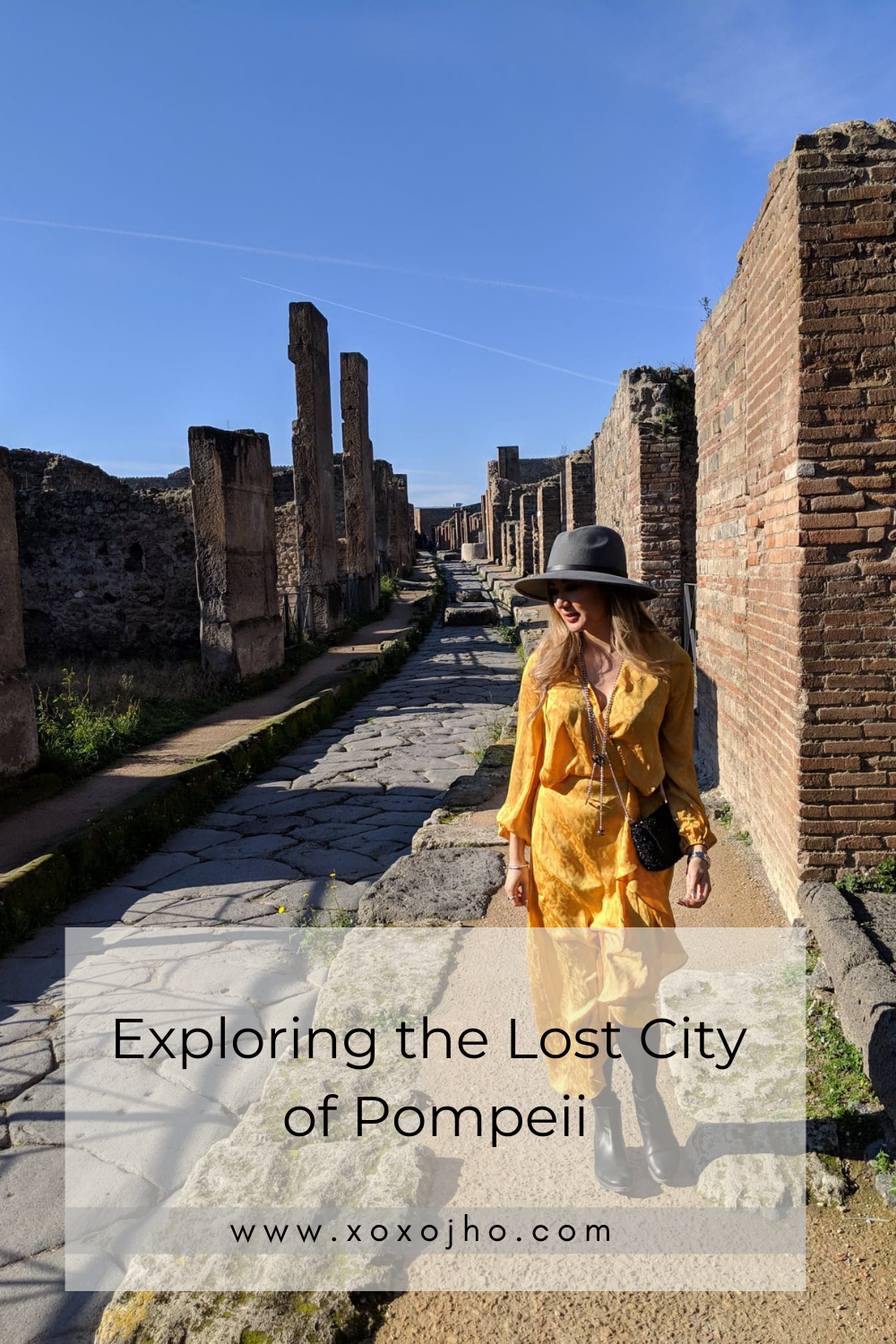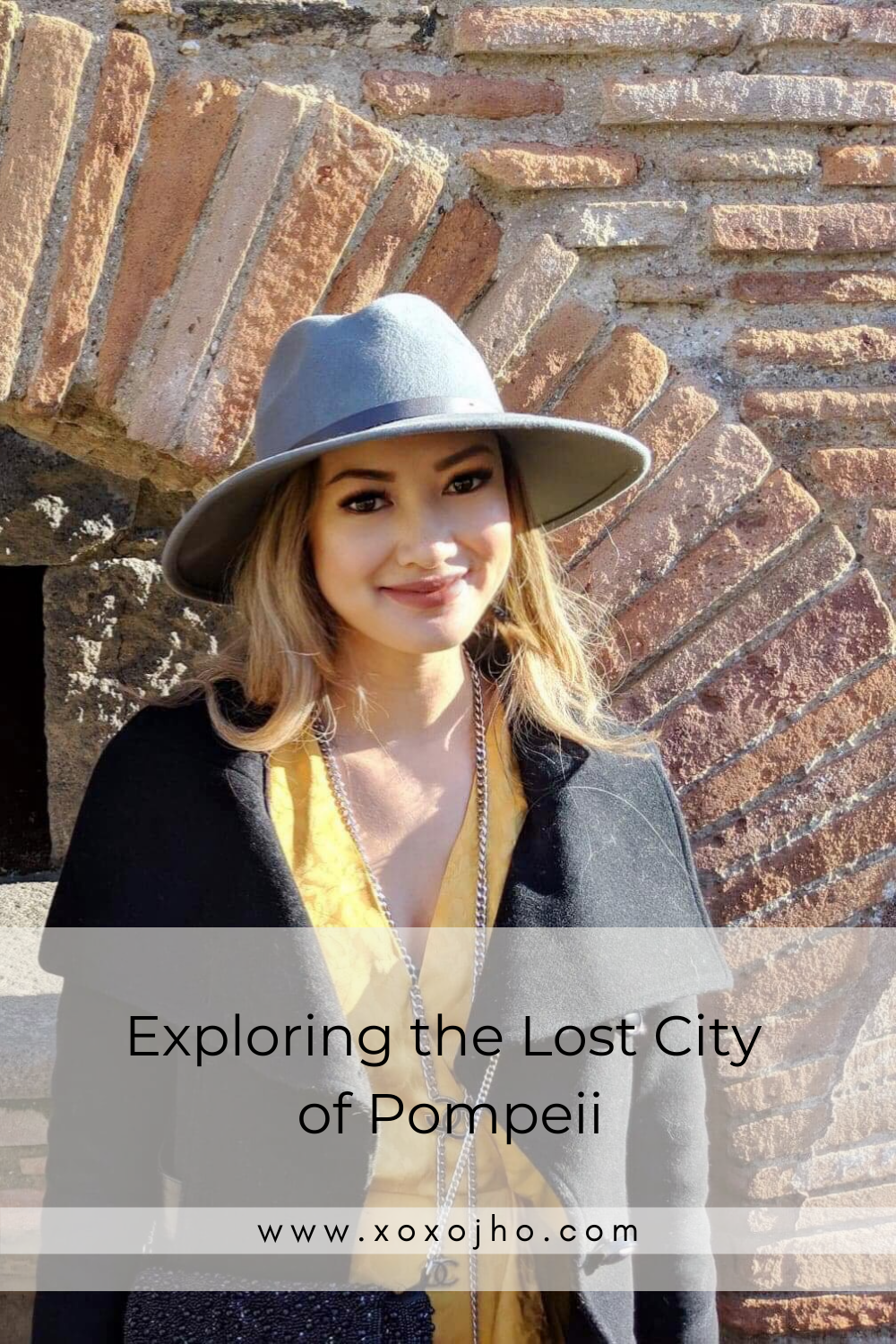Exploring the Lost City of Pompeii
Every single day we spent in the Amalfi Coast was a 'highlight' of the trip. There's honestly so much to see, eat, drink, buy, and learn about. But honestly, one of the top highlights of my trip in Italy was exploring the lost city of Pompeii, venturing to Mount Vesuvius, and being lucky enough to visit one of the most amazing wineries in the area.
The most comforting yet slightly unsettling thing for me to realize when touring through Pompeii, was that life 2,000 years ago is not too different from life today. The most amazing thing is that an entire city was uncovered and is still going through excavation today, providing complete insight to the day-to-day life of the ancient Romans.
Where is It
Highly recommend hiring a private driver and private tour guide to explore Pompeii. Depending where you are staying on the Amalfi Coast, getting to and from Pompeii can be a bit of a traffic nightmare and maze. We had made arrangements with our concierge service prior to arriving, and it couldn’t have gone any smoother.
The entrance to the archaeological park. A bit chaotic - hiring a private guide ahead of time highly recommended.
Life Then and Now
The most fascinating thing for me was walking through the city of Pompeii and experiencing a typical day of an ancient Roman citizen of Pompeii some two thousand years ago and realizing not much has changed.
You can visit homes of the rich and famous and powerful, and compare them to those of the commoners, just like we may see luxurious mansions in Beverly Hills and compare them to lower and middle class homes today.
Beautiful mosaic fountain from an upper class Roman home in Pompeii. Original fresco, and marble tiles and seashells still intact. The attention to detail, the opulence, and the perception of volume is simply magnificent to see.
Beautiful mosaic fountain from an upper class Roman home in Pompeii. Original fresco, and marble tiles and seashells still intact. The attention to detail, the opulence, and the perception of volume is simply magnificent to see. Giving you a true sense of what life was like in ancient Roman city.
All smiles standing next to one of the world's first pizza ovens.
Tavernettas
The streets are lined with taverns and tavernettas - bar restaurants that serve fast food, where majority of the residents ate since most lower and middle-class citizens didn't have a kitchen in their homes. These bar restaurants also fed many slaves and labourers where they did not even have a home of their own or a kitchen to prepare a meal for themselves.
There are shops for dresses, shoes, jewelry, art, perfume and household supplies. There are merchants for groceries like wheat, rice, fruits and wine.
A typical [pizza] oven - pieces of bread that were baking in this bakery were calcified by the eruption from the volcano. Whole loaves of bread are on display in the museum.
Frozen in Time
It would be remiss of me if I didn't share some thoughts on the massive tragedy that took place in 79 CE. The eruption of Mount Vesuvius, arguably one of the most massive and dangerous volcanic eruption documented in history, completely wiped out two major cities nearby - Pompeii and Herculaneum. It was estimated that around 20,000 inhabitants of Pompeii were killed by the volcanic ashes that completely covered and buried the city and were forgotten until Pompeii was rediscovered in the 18th century. Today, over 1,500 bodies have been discovered, and some are on display at site. The bodies were recovered using a method directed by archaeologist, Guiseppe Fiorelli, in the 1800s where the cavities where the soft tissue of the bodies once were was filled in with plaster. The bones and teeth are mostly still intact. It is a very sad scene - and I cannot even imagine the terror that was experienced. The silver lining is that these bodies and the city uncovered gave so much insight into the culture, technology and lifestyle of the ancient Romans.
Body of dog with collar and leash still attached.
Thousands of artifacts and vessels were recovered from the homes and buildings. There are so many that they had to create a storage space for them.
Gorgeous tiled floors at the entrance to a home. "Have" in Latin means welcome. This level of mastery in making the home beautiful through art and decor reflects the depth of civilization that existed within the city.
This portrait is a typical portrait or painting that hung in the main room of a Pompeii home - displaying wealth and status.
Vibrant frescos in one of many dining rooms of an upper class home. The Romans lavished and indulged - some rich even had a "Vomitorium" where they can relieve themselves by vomiting the excess food and wine they have enjoyed so they may indulge some more. Ancestors that may have started bulimia.
Pompeiians Sure Knew How to Enjoy Life
One may also indulge in a game of cards or chance at a local casino, or venture to the red-light district where prostitution was a legalized business in 79 CE. We were lucky enough to visit one of the brothels, and got to spend some time to admire the brothel menus that were painted in fresco over each bedroom.
In the afternoon, one may want to head over to the bathhouse and enjoy several hours in the spa - bathing, steam room, and receiving massages. The bathhouse was a popular place since most folks didn't have a bath or shower in their homes. The genius of the arched ceilings helped prevent the annoying droplets of water from dripping on you in the steam rooms, and the women's wing was typically built for warm and hot baths - because it was believed back then, that cold water prevented fertility.
JHo Travel Tip: Guided Tour Highly Recommended
Our tour guide, Claudia, from Tours of Pompeii, made the trip extra memorable for us.We had a completely private 4 hour tour with her, where she pre-purchased the tickets and helped us skip the line (something I highly recommend booking in advance). Claudia is an archaeologist with over 20 years of experience focusing on the Pompeii-Vesuvius-Herculaneum area, and actually helped in excavating the site when she was completing her degree. She knew the site like the back of her hand and was able to bring the ancient ruins around us to life with her in-depth knowledge of the history and daily lives of the Romans from 79 CE.
Love it! Share it!























